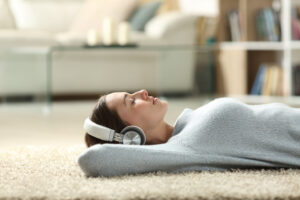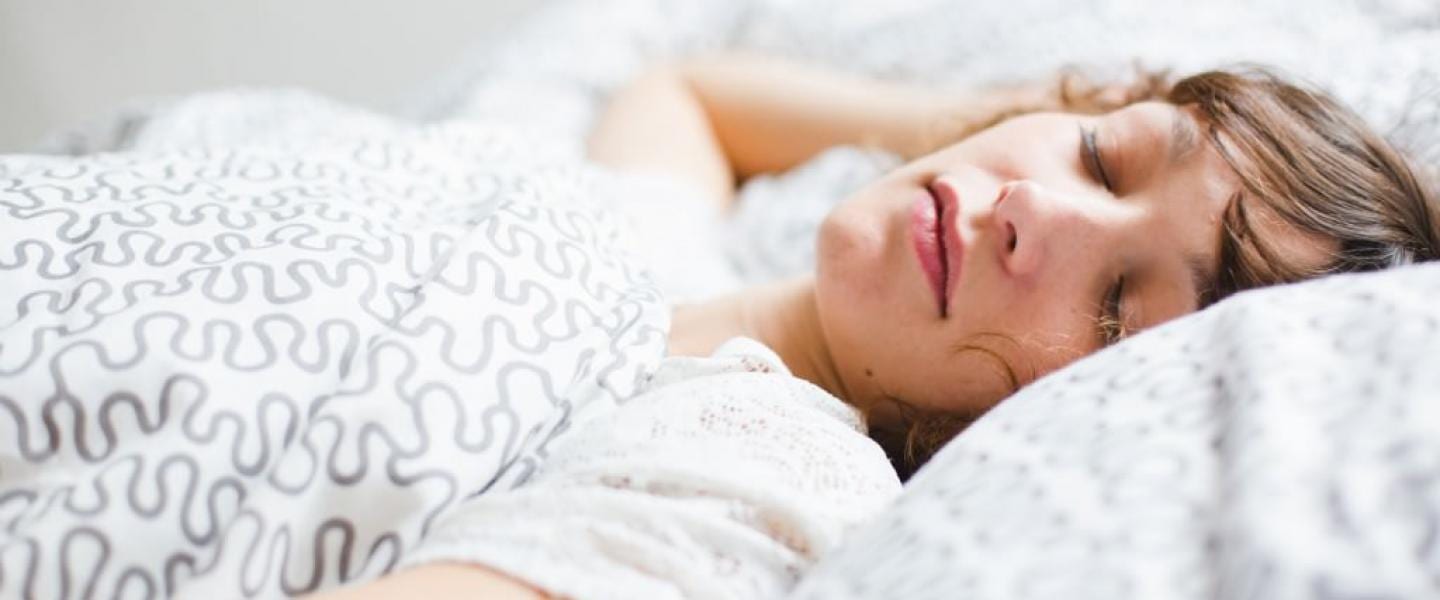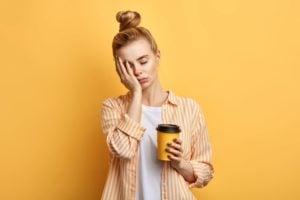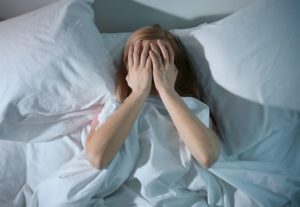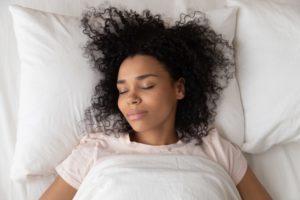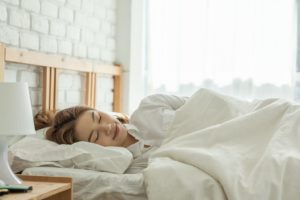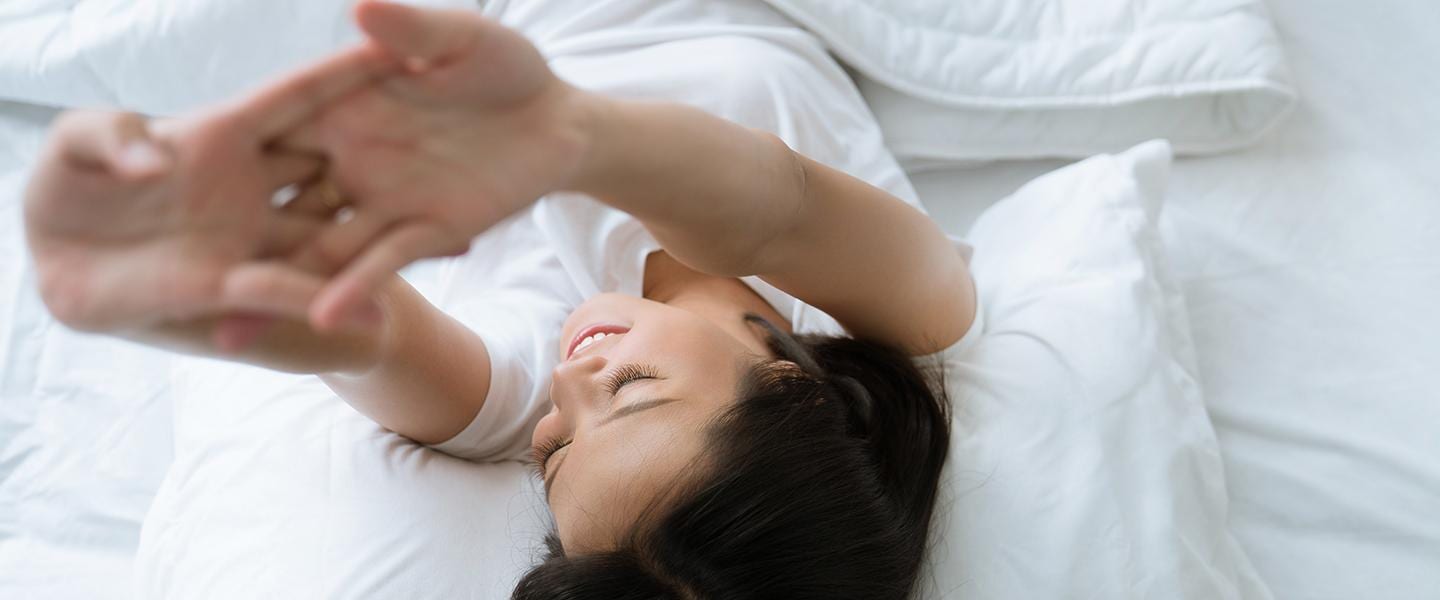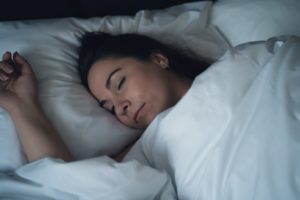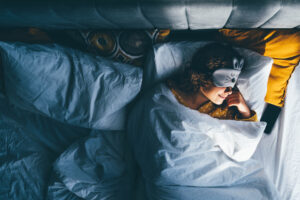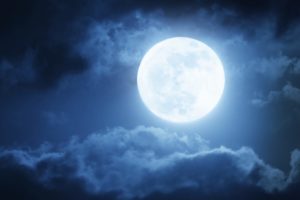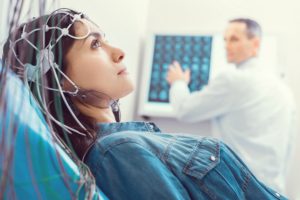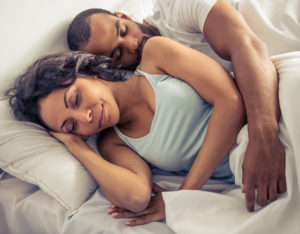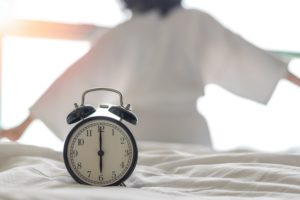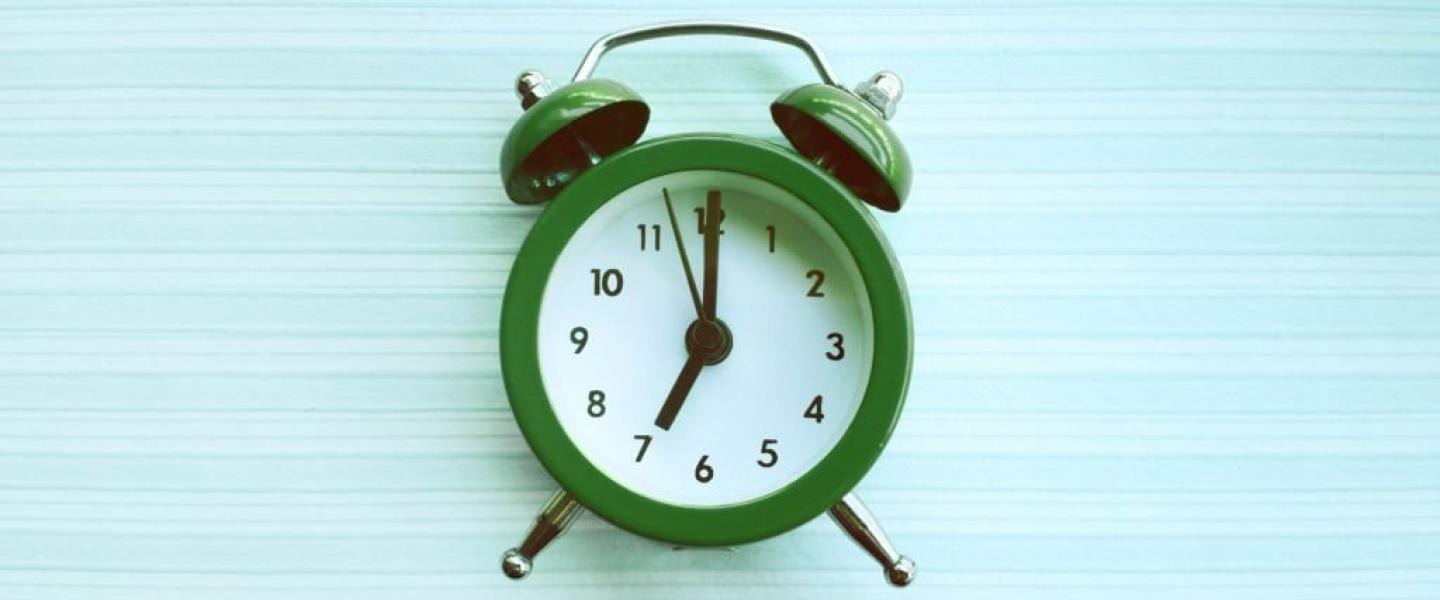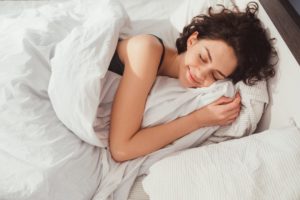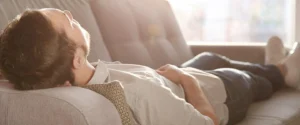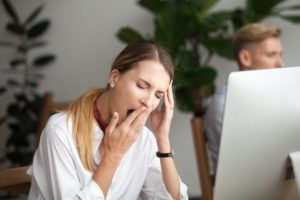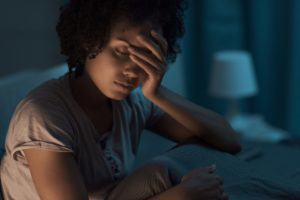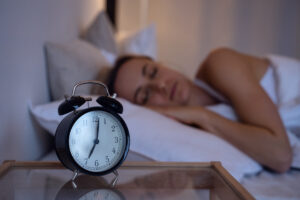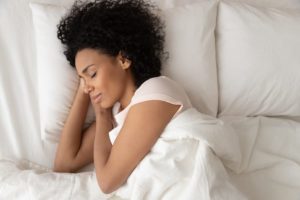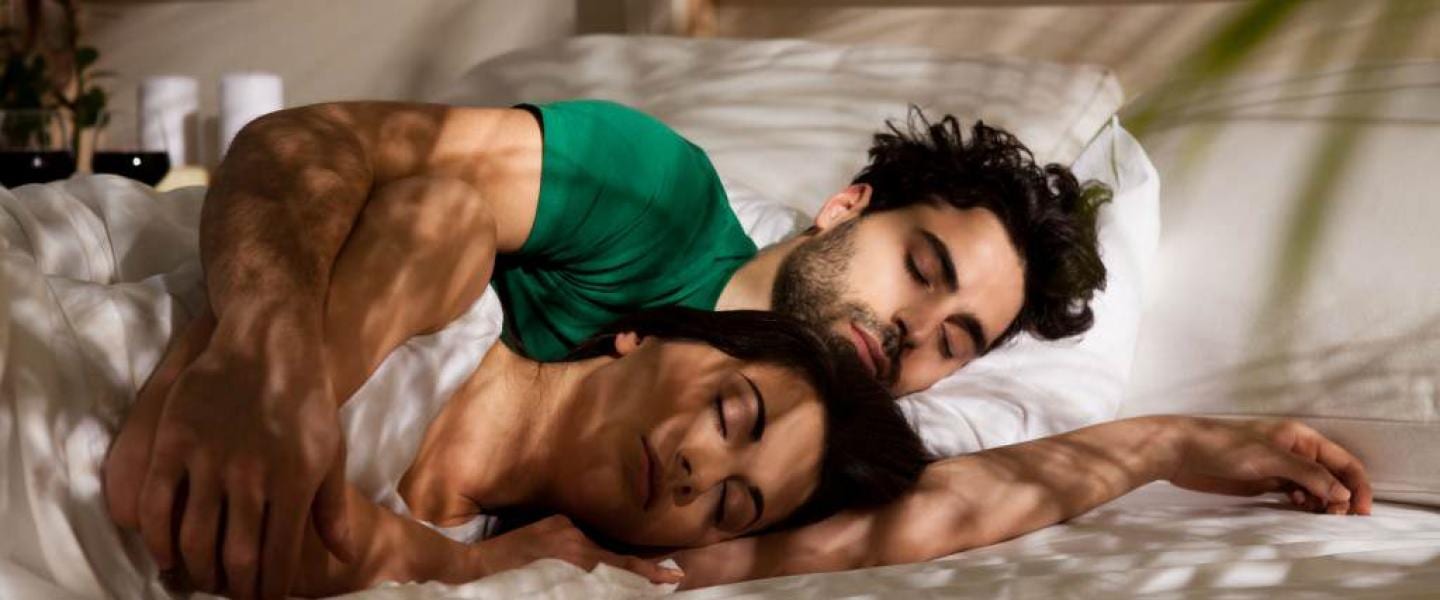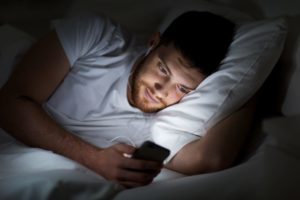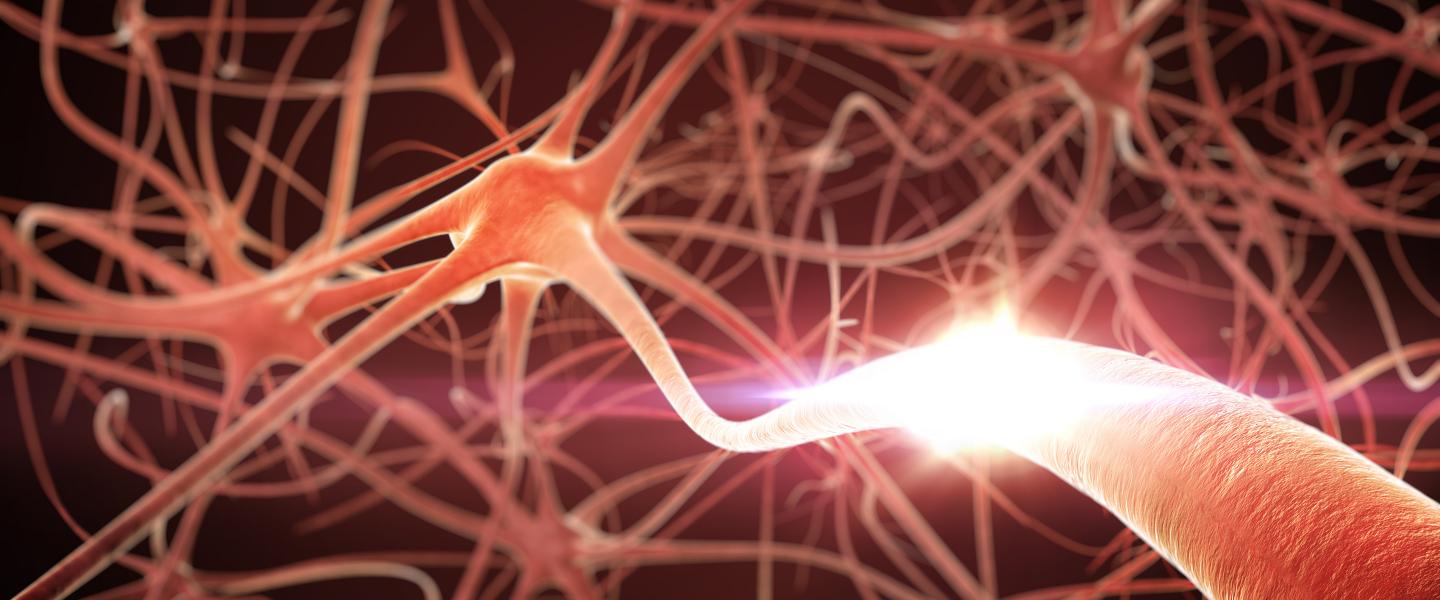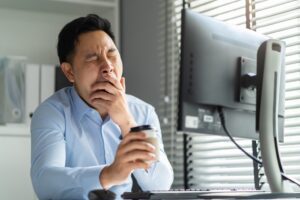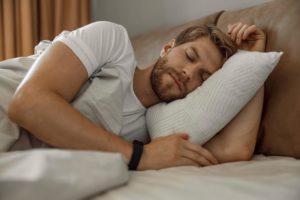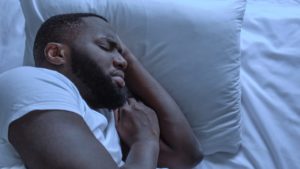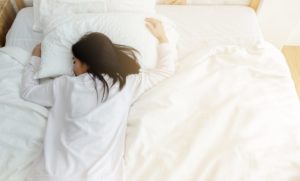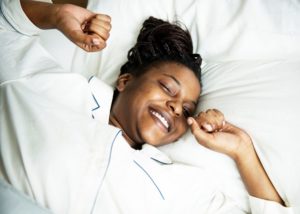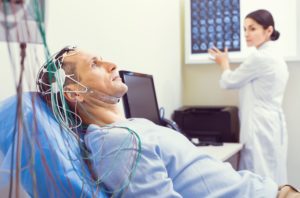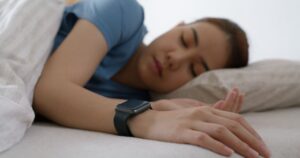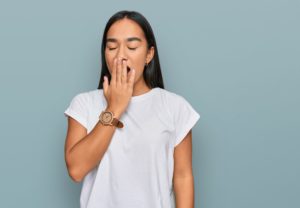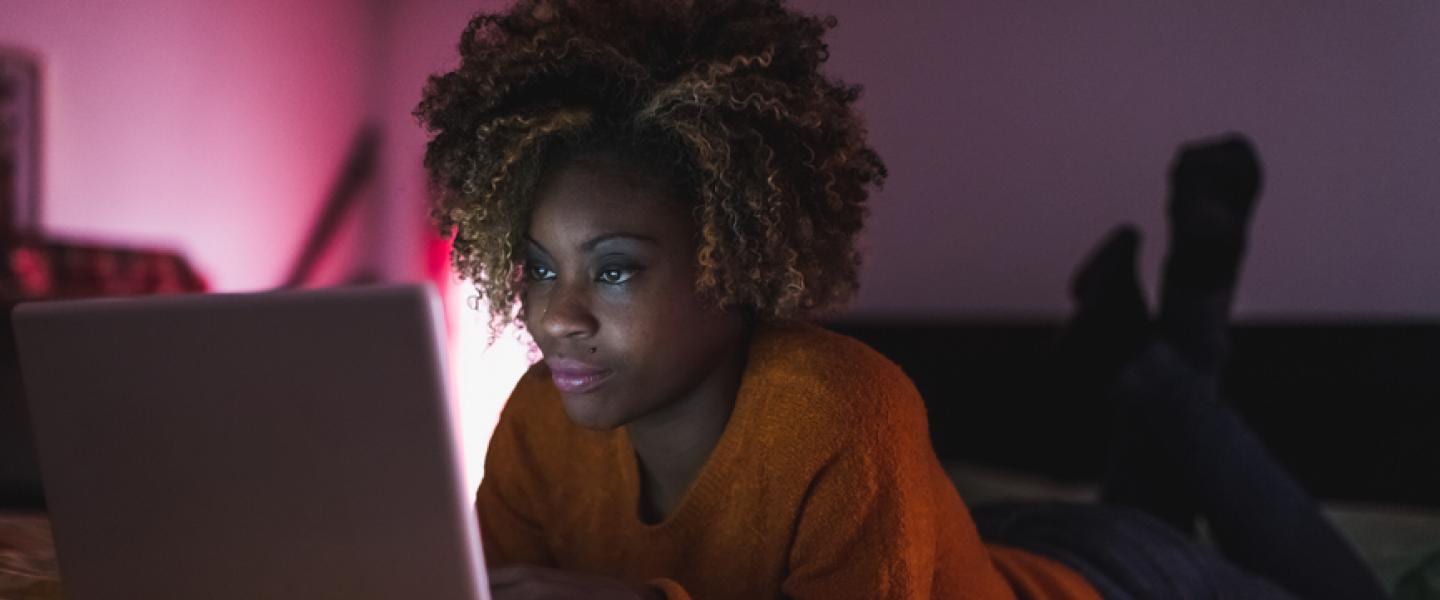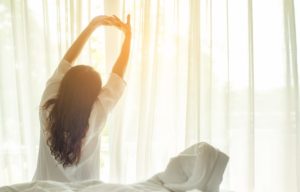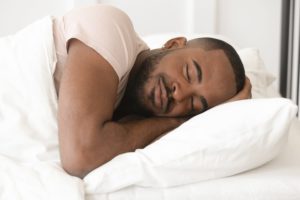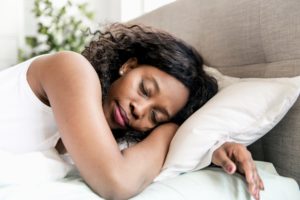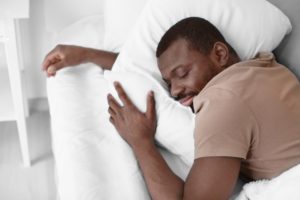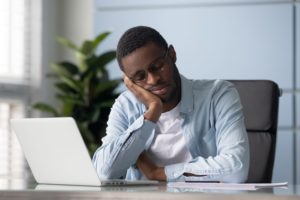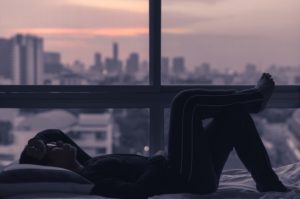Hypnagogic Hallucinations
- Hypnagogic hallucinations are vivid experiences that occur as a person falls asleep.
- Hallucinations can involve visual, auditory, or physical sensations, and can be quite intense and realistic.
- Although harmless, they may be triggered by increased stress, sleep deprivation, or medications.
- Improving sleep hygiene can help reduce their occurrence, but talk to your doctor if they significantly impact daily life.
Hypnagogic hallucinations, also sometimes referred to as waking dreams, are a type of hallucination that occurs as a person is drifting off to sleep. In general, hallucinations involve seeing, hearing, feeling, or smelling something that is not actually present. Hypnagogic hallucinations primarily involve seeing things that are not there.
Although experiencing a hallucination might prompt confusion or fear , hypnagogic hallucinations are relatively common. Hypnagogic hallucinations are a common symptom of narcolepsy , but can also occur in people who do not have narcolepsy. In fact, one study found that 37% of people report experiencing hallucinations as they fall asleep.
We take a closer look at hypnagogic hallucinations, how they differ from hallucinations caused by mental health disorders, and tips for preventing them.
Is Your Troubled Sleep a Health Risk?
A variety of issues can cause problems sleeping. Answer three questions to understand if it’s a concern you should worry about.
What Are Hypnagogic Hallucinations?
Hypnagogic hallucinations are hallucinations that happen during hypnagogia, or the transition period between wakefulness and sleep. Generally, these hallucinations are short-lasting. A reported 86% of these hallucinations are visual in nature . People commonly see moving patterns and shapes, or vivid images of faces, animals, or scenes. Between 8% and 34% of hypnagogic hallucinations involve hearing sounds, such as voices or music. In 25% to 44% of cases, a person experiencing a hypnagogic hallucination feels a physical sensation, like falling or weightlessness.
People experiencing hypnagogic hallucinations for the first time may feel confused about what they are perceiving. Thankfully, hypnagogic hallucinations are not usually cause for concern. Hallucinations during hypnagogia differ from hallucinations associated with mental health disorders, such as schizophrenia. They also differ from nightmares, though they may be more likely to occur in people with certain sleep problems.
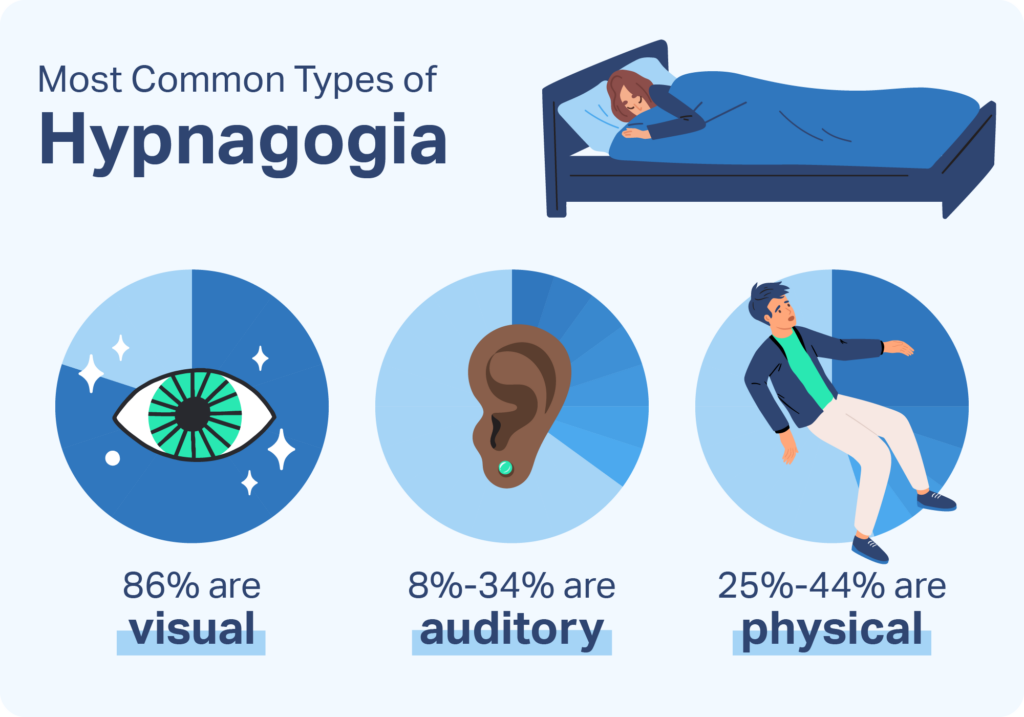
Hypnagogic Hallucinations vs. Hallucinations Associated With Mental Health Disorders
Although hypnagogic hallucinations share some similarities with the hallucinations that people with schizophrenia may experience, there are some key distinguishing characteristics. Hypnagogic hallucinations are far more likely to be visual, while schizophrenic hallucinations are predominantly auditory . When people have hypnagogic hallucinations, they generally recognize them as hallucinations rather than perceiving them as real. People are much more likely to forget about their hypnagogic hallucinations, while people with schizophrenia may retain memories of hallucinations for extended periods of time. Hypnagogic hallucinations usually do not have a major impact on a person’s life.
If you experience hallucinations while falling asleep but do not have any hallucinations during waking hours, they are likely not a symptom of mental illness. People with schizophrenia often hear voices or see people who are not there, and they often believe these hallucinations to be real. They may also experience a range of other symptoms, such as paranoid or delusional beliefs, disordered thoughts, and difficulty focusing or speaking.
Although less common, hallucinations sometimes occur in people experiencing other mental health disorders. For example, a minority of people experiencing severe depression, bipolar disorder, postpartum psychosis, post-traumatic stress disorder (PTSD), or borderline personality disorder have hallucinations. Those living with these mental illnesses experience other symptoms in addition to hallucinations.
How Do Hypnagogic Hallucinations Differ From Nightmares?
Hypnagogic hallucinations differ from nightmares, although the two share some similarities. Both hypnagogic hallucinations and hypnopompic hallucinations occur during the hypnagogia stage of sleep, while nightmares generally occur later in the sleep cycle when a person is fully asleep. Generally, vivid dreams, such as nightmares, occur most commonly during the rapid eye movement (REM) stage of sleep.
Nightmares are defined as frightening dreams. Although hypnagogic hallucinations can occasionally be frightening, they are not particularly associated with fear. In adults, frequent nightmares are associated with PTSD and other psychiatric conditions, while people with certain sleep disorders may be at a heightened risk for hypnagogic hallucinations.
Although hypnagogic hallucinations and sleep paralysis are two separate phenomena, they can occur simultaneously and may feel like a nightmare. When sleep paralysis occurs, a person feels awake but unable to move their body , and often occurs during the transition from REM sleep to wakefulness. During sleep paralysis, a person often hallucinates sounds or sensations, such as that of a person in the room or even on their chest. If sleep paralysis and such hallucinations occur as a person is falling asleep, they are considered hypnagogic hallucinations.

Symptoms of Hypnagogic Hallucinations
Visual hypnagogic hallucinations often involve moving shapes, colors, and images. For example, a hypnagogic hallucination might be similar to looking into a kaleidoscope. These images generally stand alone or can move, but they do not involve a story or interaction, like dreams often do.
Auditory hypnagogic hallucinations generally involve background sounds. For example, common auditory hallucinations include sounds of a phone, the ringing of a doorbell, people’s voices talking, or animal noises. These sounds are not usually associated with a story like they would be in a dream.
Sensory or tactile hypnagogic hallucinations refer to when a person feels bodily sensations that are not actually occurring, like the feeling of falling or weightlessness. Sometimes people sense that another person is in the room, even when no one is present. This sensory hallucination is commonly associated with sleep paralysis, which can co-occur with hypnagogic hallucinations.
What Causes Hallucinations During Hypnagogia?
Experts are not entirely sure what causes hypnagogic hallucinations. Neurologically, hypnagogic hallucinations appear to share some similarities with both daytime hallucinations and dreams. Researchers previously hypothesized that hypnagogic hallucinations result from REM sleep patterns intruding during waking moments, but current research does not substantiate this idea.
For most people, hypnagogic hallucinations are not associated with a disorder and are considered harmless. However, hypnagogic hallucinations are more common in people with certain sleep disorders and health conditions. For example, hypnagogic hallucinations are prevalent in people who experience narcolepsy , as well as those with insomnia, excessive daytime sleepiness, and mental health disorders. Because hypnagogic hallucinations are so common, experiencing them does not necessarily indicate the presence of an underlying disorder.
When Should You See a Doctor?
If you only have hypnagogic hallucinations — brief, simple hallucinations as you are falling asleep at night — and no further symptoms, consulting a doctor may not be necessary. If hallucinations happen during the daytime, then you should seek medical care. Daytime hallucinations are different and may be the result of a mental health disorder, a medication side effect, or another issue that requires professional attention.
If you have hypnagogic hallucinations in addition to other symptoms of a sleep disorder, then you should also consider seeking medical attention. In addition to hypnagogic hallucinations, other common narcolepsy symptoms include excessive daytime sleepiness, sudden loss of muscle tone, sleep paralysis, and trouble sleeping. Narcolepsy is a sleep disorder that can come with serious consequences, such as falling asleep while driving, so treatment is imperative.
How Can You Prevent Hypnagogic Hallucinations?
Proper sleep hygiene practices and stress relieving activities such as meditation can help lower the risk of experiencing hypnagogic hallucinations. Keeping your bedroom dark and cool, and curbing screen time before bed can promote restful sleep and lower anxiety levels during the transition from wakefulness to sleep.
If you only have hypnagogic hallucinations on occasion, they are likely not cause for concern. If they are disturbing your sleep or causing significant distress,, see a medical professional. Your doctor can help you determine if your hypnagogic hallucinations are due to an underlying cause, such as a sleep or mental health disorder. If they are, treating that underlying disorder could help alleviate your hallucinations.

Still have questions? Ask our community!
Join our Sleep Care Community — a trusted hub of product specialists, sleep health professionals, and people just like you. Whether you’re searching for the perfect mattress or need expert sleep advice, we’ve got you covered. Get personalized guidance from the experts who know sleep best.
References
10 Sources
-
A.D.A.M. Medical Encyclopedia. (2022, April 30). Hallucinations. MedlinePlus., Retrieved November 9, 2022, from
https://medlineplus.gov/ency/article/003258.htm -
Scammell, T. E. (2022, September 2). Treatment of narcolepsy in adults. In R. Benca (Ed.). UpToDate., Retrieved November 11, 2022, from
https://www.uptodate.com/contents/treatment-of-narcolepsy-in-adults -
Ohayon, M. M., Priest, R. G., Caulet, M., & Guilleminault, C. (1996). Hypnagogic and hypnopompic hallucinations: Pathological phenomena? The British Journal of Psychiatry: The Journal of Mental Science, 169(4), 459–467.
https://pubmed.ncbi.nlm.nih.gov/8894197/ -
Waters, F., Blom, J. D., Dang-Vu, T. T., Cheyne, A. J., Alderson-Day, B., Woodruff, P., & Collerton, D. (2016). What is the link between hallucinations, dreams, and hypnagogic-hypnopompic experiences? Schizophrenia Bulletin, 42(5), 1098–1109.
https://pubmed.ncbi.nlm.nih.gov/27358492/ -
Chaudhury, S. (2010). Hallucinations: Clinical aspects and management. Industrial Psychiatry Journal, 19(1), 5–12.
https://pubmed.ncbi.nlm.nih.gov/21694785/ -
National Institute of Mental Health. (2020, May). Schizophrenia., Retrieved May 18, 2021, from
https://www.nimh.nih.gov/health/topics/schizophrenia/ -
Pagel, J. F. (2000). Nightmares and disorders of dreaming. American Family Physician, 61(7), 2037–2042.
https://www.aafp.org/afp/2000/0401/p2037.html -
Cheyne, J. A., Rueffer, S. D., & Newby-Clark, R. (1999). Hypnagogic and hypnopompic hallucinations during sleep paralysis: Neurological and cultural construction of the night-mare. Consciousness and Cognition, 8(3), 319–337.
https://pubmed.ncbi.nlm.nih.gov/10487786/ -
Denis, D., French, C. C., & Gregory, A. M. (2018). A systematic review of variables associated with sleep paralysis. Sleep Medicine Reviews, 38, 141–157.
https://pubmed.ncbi.nlm.nih.gov/28735779/ -
National Institute of Neurological Disorders and Stroke. (2020, September 30). Narcolepsy fact sheet. Sleep Medicine Reviews., Retrieved November 9, 2022, from
https://www.ninds.nih.gov/Disorders/Patient-Caregiver-Education/fact-sheets/narcolepsy-fact-sheet


